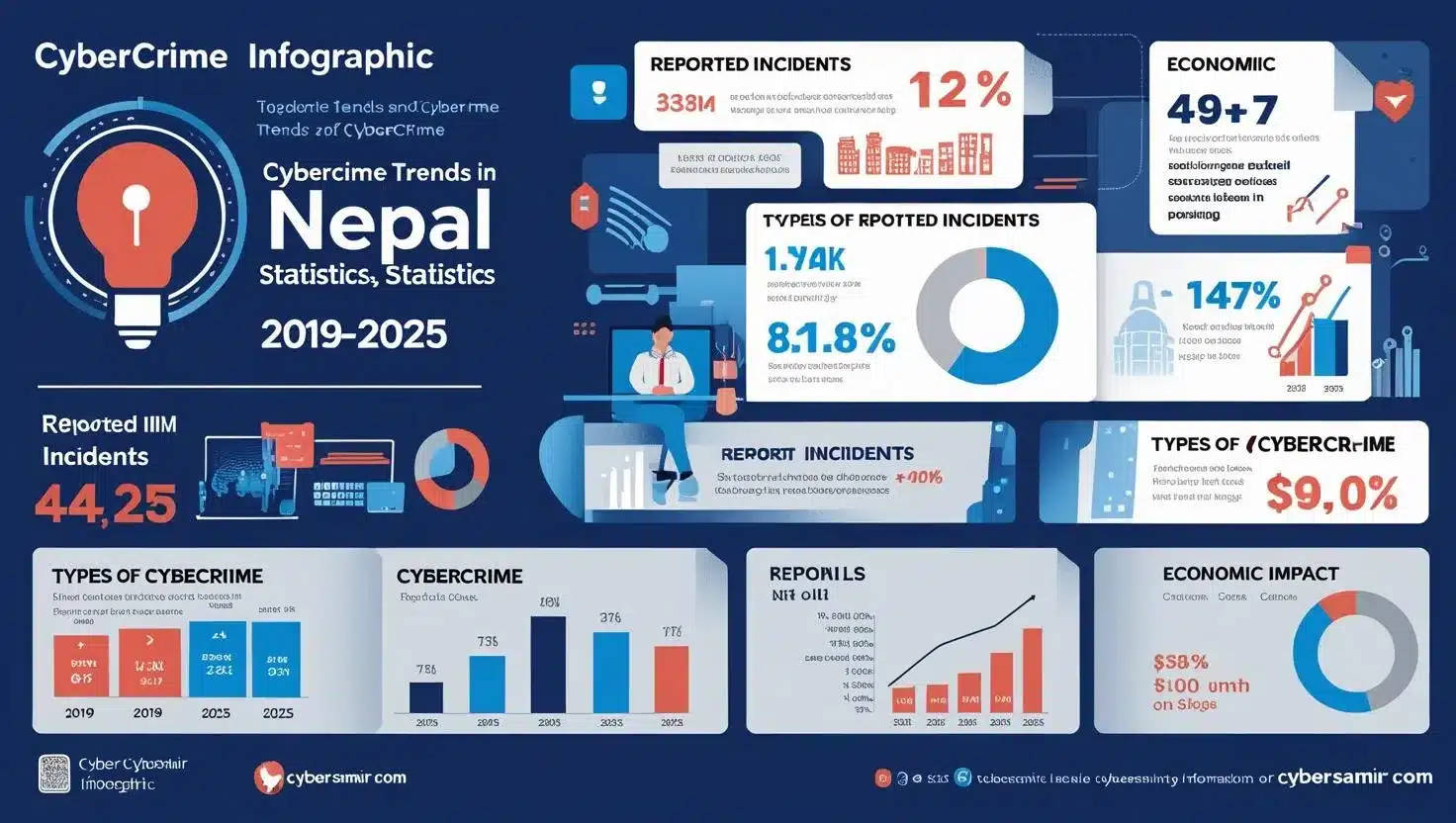Why India Is Becoming a Prime Target for International Hackers
Unveiling the reasons behind India’s growing cybersecurity challenges
Introduction
India has become a focal point for international hackers, facing an average of 2,924 weekly cyberattacks on organizations—double the global average. The healthcare sector, in particular, is heavily targeted, with email serving as a primary delivery method for malware. This surge in cyber threats is driven by India’s rapid economic growth, expanding digital infrastructure, and a massive population with increasing internet access. However, the country’s cybersecurity measures may not be keeping pace, making it a prime target for cybercriminals. This article explores the reasons behind India’s vulnerability, the types of cyberattacks it faces, their impacts, and the steps being taken to bolster cybersecurity.
Why India Is a Target
Research suggests several factors contribute to India’s appeal as a target for international hackers:
Economic Growth and Digitalization
India’s booming economy and rapid digitalization across sectors like finance, healthcare, and e-commerce have created a wealth of valuable data. As businesses and services move online, the attack surface for cybercriminals expands significantly.
Large Population and Internet Penetration
With over 1.3 billion people and growing internet access, India offers a vast pool of potential victims. The sheer number of connected devices increases opportunities for hackers to exploit vulnerabilities.
Weak Cybersecurity Infrastructure
Despite digital advancements, many Indian organizations, especially small and medium enterprises, lack robust cybersecurity measures. This gap makes it easier for hackers to penetrate systems.
Valuable Data and Assets
Sectors like healthcare and finance hold sensitive data, such as patient records and financial details, which are highly sought after on the dark web. The potential for profit drives targeted attacks.
Geopolitical Tensions
India’s diplomatic positions on global issues have drawn attention from state-sponsored hackers and hacktivists, particularly from nations like China, who target strategic sectors.
Lack of Support for Ethical Hackers
Ethical hackers, who identify vulnerabilities to improve security, often face legal risks or lack recognition in India, hindering proactive cybersecurity efforts.
Types of Cyberattacks
India faces a diverse range of cyberattacks, each exploiting different vulnerabilities:
| Attack Type | Description | Example |
|---|---|---|
| Data Breaches | Unauthorized access to steal sensitive information. | In 2018, India faced 1.2 billion attacks, second globally. |
| Ransomware | Encrypting data and demanding payment for release. | Healthcare sector heavily hit with malware like FakeUpdates. |
| Phishing | Tricking users into sharing sensitive data via emails or texts. | 63% of malicious files delivered via email. |
| State-Sponsored Attacks | Targeted attacks by nation-states for espionage or disruption. | Chinese groups targeting telecom and pharma sectors. |
Impact of Cyberattacks
The consequences of cyberattacks in India are profound:
Economic Losses
Cyberattacks result in significant financial losses, including recovery costs and lost revenue due to reputational damage. The high frequency of attacks strains economic resources.
National Security Risks
State-sponsored attacks threaten national security by targeting critical infrastructure and sensitive government data, potentially disrupting essential services.
Individual and Business Harm
Individuals face identity theft and financial loss, while businesses suffer operational disruptions and loss of customer trust, particularly in sectors like healthcare.
Cybersecurity Measures in India
The Indian government and private sector are taking steps to counter cyber threats:
Government Initiatives
- Cyber Surakshit Bharat: Aims to build a robust cybersecurity ecosystem through awareness and capacity building.
- CERT-In: National agency reducing cyberattacks and sharing threat intelligence.
- NCIIPC: Protects critical infrastructure vital to national security.
- Cyber Swachhta Kendra: Combats malware with tools like bot removal.
- Cyber Jaagrookta Diwas: Monthly awareness events in technical institutions.
Private Sector Efforts
Companies are investing in advanced threat detection and response systems to protect data and assets.
Public-Private Partnerships
Collaborations, such as Cisco’s threat intelligence-sharing with CERT-In, enhance cybersecurity capabilities.
Increased Funding
The government allocated ₹515 crores for cybersecurity in 2022-23, a significant increase from previous years.
Conclusion
India’s economic growth, digital expansion, and geopolitical significance make it a prime target for international hackers. Facing frequent data breaches, ransomware, phishing, and state-sponsored attacks, the country grapples with economic, security, and individual impacts. While initiatives like Cyber Surakshit Bharat and CERT-In show progress, challenges like weak infrastructure and limited support for ethical hackers persist. Strengthening cybersecurity through investment, collaboration, and awareness is crucial for India’s digital future.






